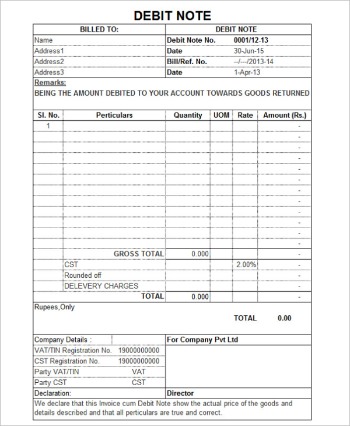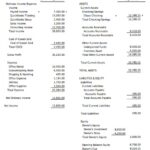
The number of cost pools should be minimized to reduce the amount of allocation work by the accountant. This inventory valuation method operates under the assumption that the final product added to a company’s inventory is the first one sold. This accounting system allows you to work out the individual cost of manufacturing for a product and apply the right mark-up to get the project margin you desire. You might look at each project in detail – down to costs, materials, and overhead. Manufacturing run powered by adp reviews and pricing overheads might include the costs for powering a factory’s equipment and personnel not directly involved in producing the product. To reduce the costs of doing business, you must understand first where your production costs lie.
Direct costs vs. indirect costs
While you can’t know for sure which you sell first, this keeps your books organized. Because you must get special permission from the IRS to change your accounting basis later, it’s best to get it right the first time. Apply for financing, track your business cashflow, and more with a single lendio account. At Taxfyle, we connect small businesses with licensed, experienced CPAs or EAs in the US.
The total manufacturing cost also informs two crucial KPIs for determining a company’s Gross Profit and can i get the last 3 months banking statements from an atm Gross Margin – Cost of Goods Manufactured (COGM) and Cost of Goods Sold (COGS). Nick Gallo is a Certified Public Accountant and content marketer for the financial industry. He has been an auditor of international companies and a tax strategist for real estate investors. He now writes articles on personal and corporate finance, accounting and tax matters, and entrepreneurship. Deciphering jargon can be a frustrating challenge when you’re learning to navigate the complexities of manufacturing accounting. Here are brief explanations of some fundamental terms you’ll need to know to succeed.
Management Accounting
- You’ll need to speak with your accountant or financial advisor and consider your current budget before making an informed decision.
- As you review Figure 1.7 and Figure 1.8 , look back at Figure 1.6 to see how costs flow through the three inventory accounts and the cost of goods sold account.
- Our writing and editorial staff are a team of experts holding advanced financial designations and have written for most major financial media publications.
- This involves identifying potential concerns in the production process and finding appropriate solutions for them.
This is a common accounting method that uses a weighted average of all products to determine and track inventory. Average costing is useful in situations where it is difficult to assign costs to specific or individual products. A manufacturing company reports depreciation as a separate item in the income statement after the cost of goods sold. The amount of depreciation is deducted from the gross profit to arrive at the net profit before tax.

This blog post will explore a range of indispensable tips and proven strategies specifically tailored to the unique challenges of accounting in manufacturing. Whether you possess years of experience in the field or are just beginning to navigate its complexities, these insights will help you ensure your financial operations run smoothly. Factory overhead costs must be aggregated into cost pools and then allocated to the number of units produced during a reporting period, which increases the recorded cost of inventory.
How can Taxfyle help?
The primary objective is to provide insights into the financial performance and profitability of manufacturing activities, enabling informed decision-making and effective cost management. The chosen accounting method should offer detailed insights into material costs, direct and indirect labor costs, and overhead, enabling accurate financial reporting and decision-making. Manufacturers often deal with a vast array of costs incurred by their business’ production process. Keeping track of these costs is crucial to the seamless operations of the business. Cost accounting in manufacturing tracks production costs such as overheads, labor costs, and the cost of raw materials. Accounting for the industry’s expenses allows production managers to streamline and weed out any unnecessary steps in production and also determine a competitive price for their products.
These articles and related content is not a substitute for the guidance of a lawyer (and especially what is the journal entry to record the issuance of common stock for questions related to GDPR), tax, or compliance professional. When in doubt, please consult your lawyer tax, or compliance professional for counsel. Sage makes no representations or warranties of any kind, express or implied, about the completeness or accuracy of this article and related content. The articles and research support materials available on this site are educational and are not intended to be investment or tax advice.
We handle the hard part of finding the right tax professional by matching you with a Pro who has the right experience to meet your unique needs and will manage your bookkeeping and file taxes for you. When you leave a comment on this article, please note that if approved, it will be publicly available and visible at the bottom of the article on this blog. For more information on how Sage uses and looks after your personal data and the data protection rights you have, please read our Privacy Policy. Having these standards allows you to detect variances that can be analyzed, allowing trends to be spotted, and enabling you to make the right adjustments to pricing.



